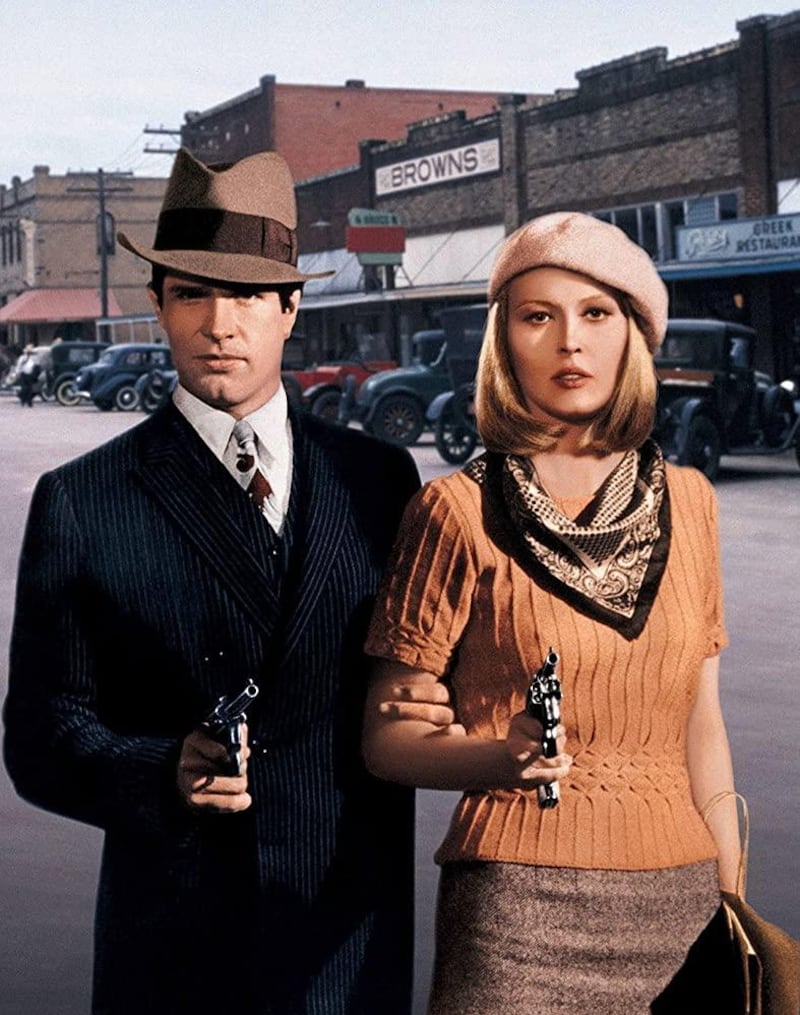Over the past decade, William Goldman’s famous adage about Hollywood – “nobody knows anything" – has really been put to the test.
Studios clearly think they know exactly what audiences want. That is why we've been inundated with superhero films, franchises, animated movies, sequels and reboots in recent years. It has worked, too, as cinemagoers have flocked to see the likes of Avengers: Endgame, Furious 7, Frozen 2 and The Lion King in their droves.
So much so that domestic box office figures in the US since 2016 have ranged from between $11.26 billion (Dh41.35bn) and $11.9bn per year, with 2018 being the highest-grossing year in cinematic history.
The haul for this year is obviously going to be substantially lower. Cinemas have been closed across the world since March due to the Covid-19 outbreak and, despite gradually reopening, they are unlikely to be running at full capacity for many more months to come.
The cinematic landscape will look very different once multiplexes eventually reopen their doors, too. Studios have been well aware of the rise of streaming services such as Netflix and Amazon over the past 10 years, which is exactly why Disney, Universal, Warner Bros and even Apple recently started their own.
Experts expected that viewers would eventually pick waiting to watch films in the comfort of their homes over going to see them in cinemas a few weeks earlier. But the global pandemic has undeniably accelerated this process.
Recent data from Variety even revealed that most people would be fine waiting to watch Tenet, Wonder Woman 1984, Top Gun: Maverick, Black Widow, Fast and Furious 9 or even Daniel Craig's swansong as James Bond in No Time To Die on televisions in their homes now, instead of watching them for the first time in a cinema.
For a while, the death knell for the theatrical experience has been getting louder and louder, thanks to increased ticket prices and a reduced window between cinema and home entertainment releases.
Of course, it’s unlikely that cinema will go the way of the dodo and become extinct. It’s too entwined in culture and society for that to happen. Instead, we will hopefully see the major Hollywood studios – Walt Disney, Universal Pictures, Warner Bros, Columbia Pictures and Paramount Pictures – taking bigger risks and making much smarter decisions about what audiences really want to see, rather than regurgitating the same genres and types of films that have been successful before.
If we’re lucky, the impending struggles for the industry could lead to a brand new generation of filmmakers taking the reins. That is exactly what happened between the mid 1960s and early 1980s, as major Hollywood studios grappled to adjust to the new tastes and sensibilities of its changing audience.
They weren’t interested in the musicals and historical epics that were being released, and instead preferred to watch television, which really took hold in America during the late 1950s and throughout the 1960s. Even if they did want to see a film, the baby boomer generation preferred titles from Europe, specifically Italy, France, England, Poland and the Czech Republic, which were considered more relevant and visceral to younger viewers’ mindsets.
Eventually, the studios realised this and gave directors Steven Spielberg, Martin Scorsese, Francis Ford Coppola, George Lucas, William Friedkin and Peter Bogdanovich, to name but a few, free rein to make films that did connect. They result was the likes of Bonnie and Clyde, Jaws, Taxi Driver, The Godfather and Star Wars, which are now regarded as pinnacles of American cinema.
But will the current crop of Hollywood studios be forced to follow a similar path in the aftermath of the coronavirus?
Considering the financial crisis that we’re now in the midst of, it seems unlikely they will either want or be able to repeatedly spend $150 million to $200m on budgets again, like they’ve done in the recent past – at least for a few months or years, anyway.
If that’s the case, there could be an alternative option staring right at them. Since the start of 2020, we’ve seen a huge reduction in the amount of mid-to-lower-budget movies released, as their returns compared to the hauls of the major blockbusters were deemed too meagre.
But the success of Bohemian Rhapsody, The Gentleman, A Quiet Place, Midsommar, Sorry to Bother You, Eighth Grade, Us, Knives Out, Uncut Gems, Little Women and even Green Book since 2018 proves that films of this size can be hugely profitable, if they're made and marketed in the right way.

There's also a suggestion that the tastes of the mainstream American viewer have started to once again evolve beyond their shores. This is primarily due to the success of Bong Joon-ho's Parasite, which grossed $53.4m in the US on its way to a worldwide haul of $264.5m, before it picked up the Best Picture, Best Director, Best Original Screenplay and Best International Feature Film at the 2020 Academy Awards.
This is where the streaming services could actually help their big-screen brethren. The increasing impact of Netflix and Amazon means that audiences are now being exposed to more and more international films and shows, including Roma, Money Heist, Dark, Fleabag, Atlantics and The Platform, than ever before.
If they’ve been paying attention, these could show Hollywood that there’s a more financially responsible way to entice people back into cinemas beyond the hugely expensive event pictures they’ve been focusing and relying on for too long.






